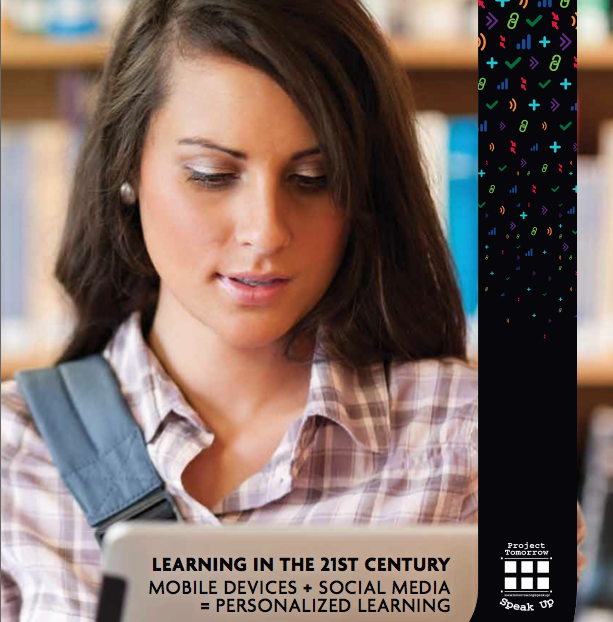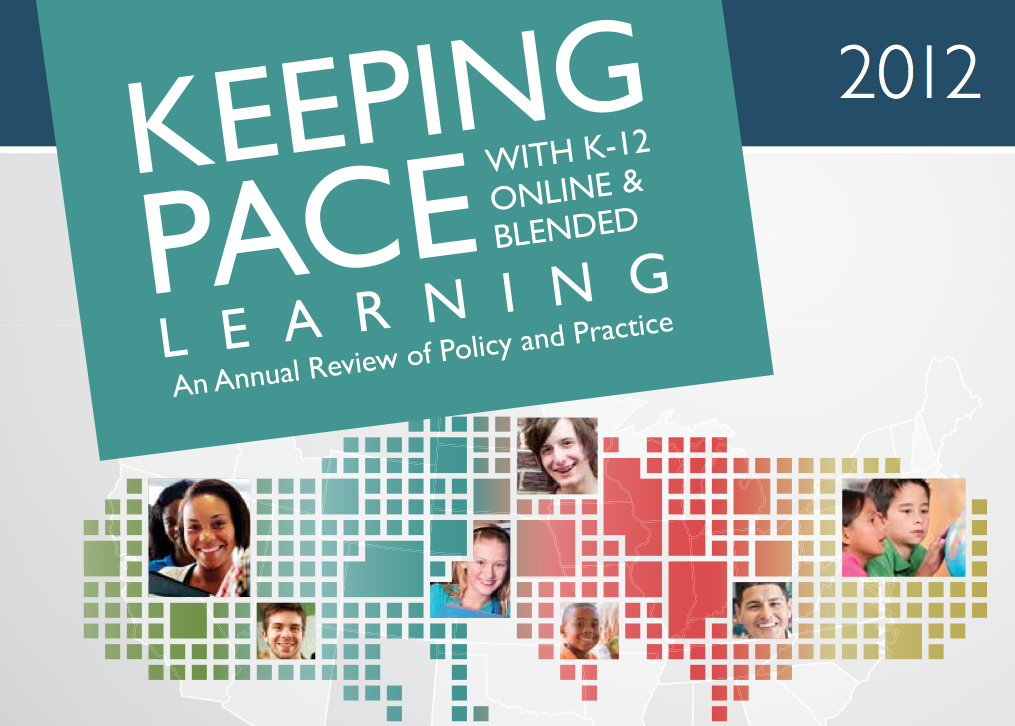
Each year, Project Tomorrow, a national education nonprofit organization, facilitates the Speak Up National Research Project and, as part of this initiative, tracks the increasing interest and growth in the use of emerging technologies to address the specific needs and aspirations of students, parents and educators for 21st century learning environments. Since 2007, Project Tomorrow has partnered with Blackboard Inc. to create a series of annual reports that focus on key trends in the use of technology to increase student achievement, teacher productivity and parental engagement.
As outlined in the Speak Up 2011 national reports, many emerging technology products and services are not only addressing instructional needs, but are also enabling greater personalization of the learning process, both in school and out of school. Within this context, the use of mobile devices such as tablet computers and smartphones combined with wireless accessibility and social media tools stand out increasingly as a game changer in this movement to more personalized learning.
This new special report examines the Speak Up 2011 national findings to both answer some of the questions first posed two years ago but also to present an updated perspective on the role of mobile devices within K-12 education.
The key findings from this report include:
- Mobile devices when combined with social media and wireless connectivity are enabling more personalized learning opportunities for both students and educators.
- Driven by several factors, the incorporation of student owned devices within classroom instruction is quickly becoming a viable solution for many schools and districts.
- Increasingly parental support for mobile learning is changing the district conversation.
- Changing teacher practice is the critical challenge today to expanding mobile learning.
- The future of mobile learning depends upon a shared vision for how to personalize learning.
Here are a few more interesting stats and takeaways from this study:
- In 2011, two-thirds of parents of school aged children (67 percent) noted that they have a personal smartphone; an increase of almost three times from 2006.
- In the past three years, teachers’ access to a smartphone has more than doubled from 20 percent in 2008 to 54 percent in 2011.
- District office administrators are almost twice as likely now to be carrying a tablet computer (55 percent) than a simple cellphone that does not have Internet access (31 percent).
- and administrators’ interest in using a smartphone or a tablet computer is not dependent upon their years of experience. administrators with 1 to 3 years of experience are only slightly more likely to use a smartphone or tablet than their peers with 16 or more years of experience.
- 87 percent of parents say that the effective implementation of technology within instruction is important to their child’s success (50 percent label it as “extremely important”).
- But only 64 percent say that their child’s school is doing a good job of using technology to enhance student achievement (and only 12 percent strongly agree with that statement).




